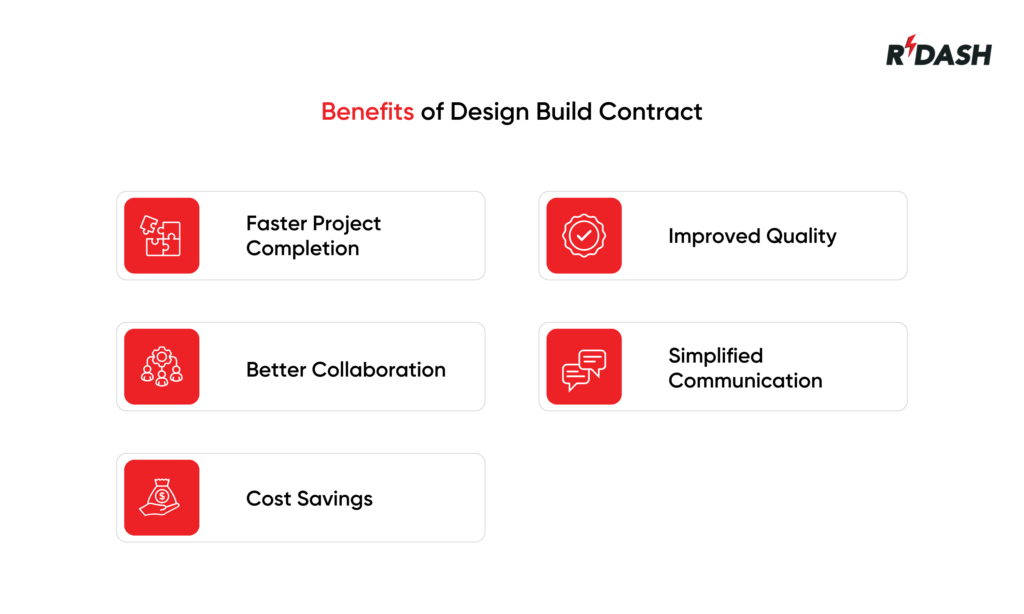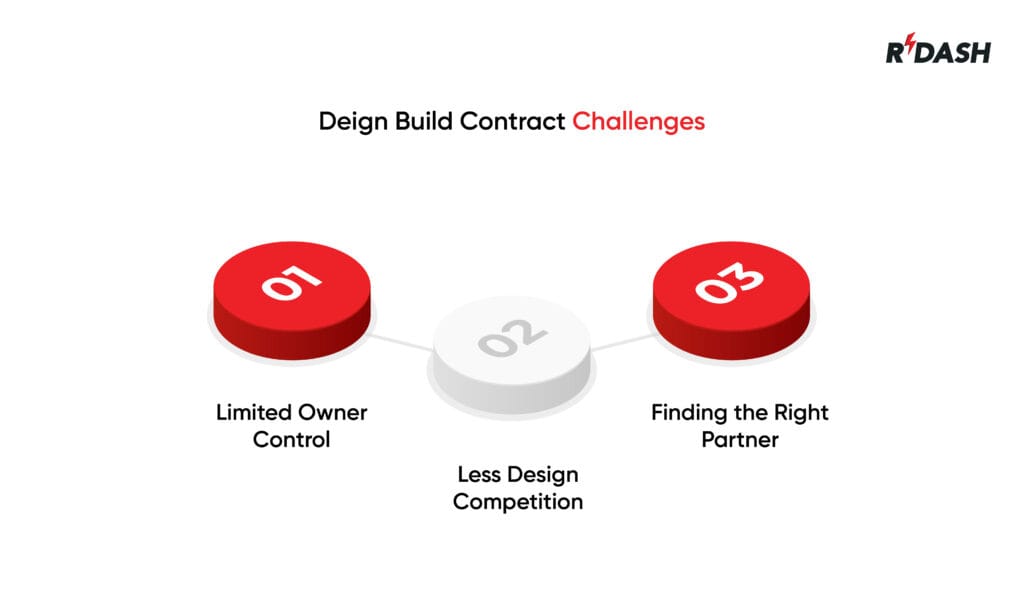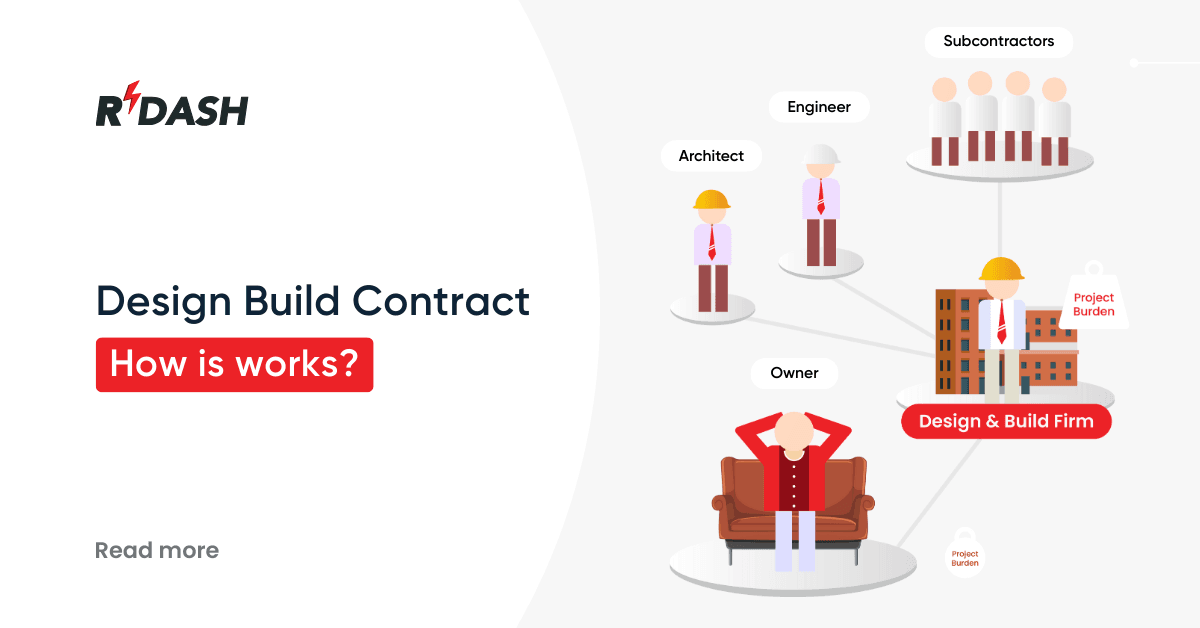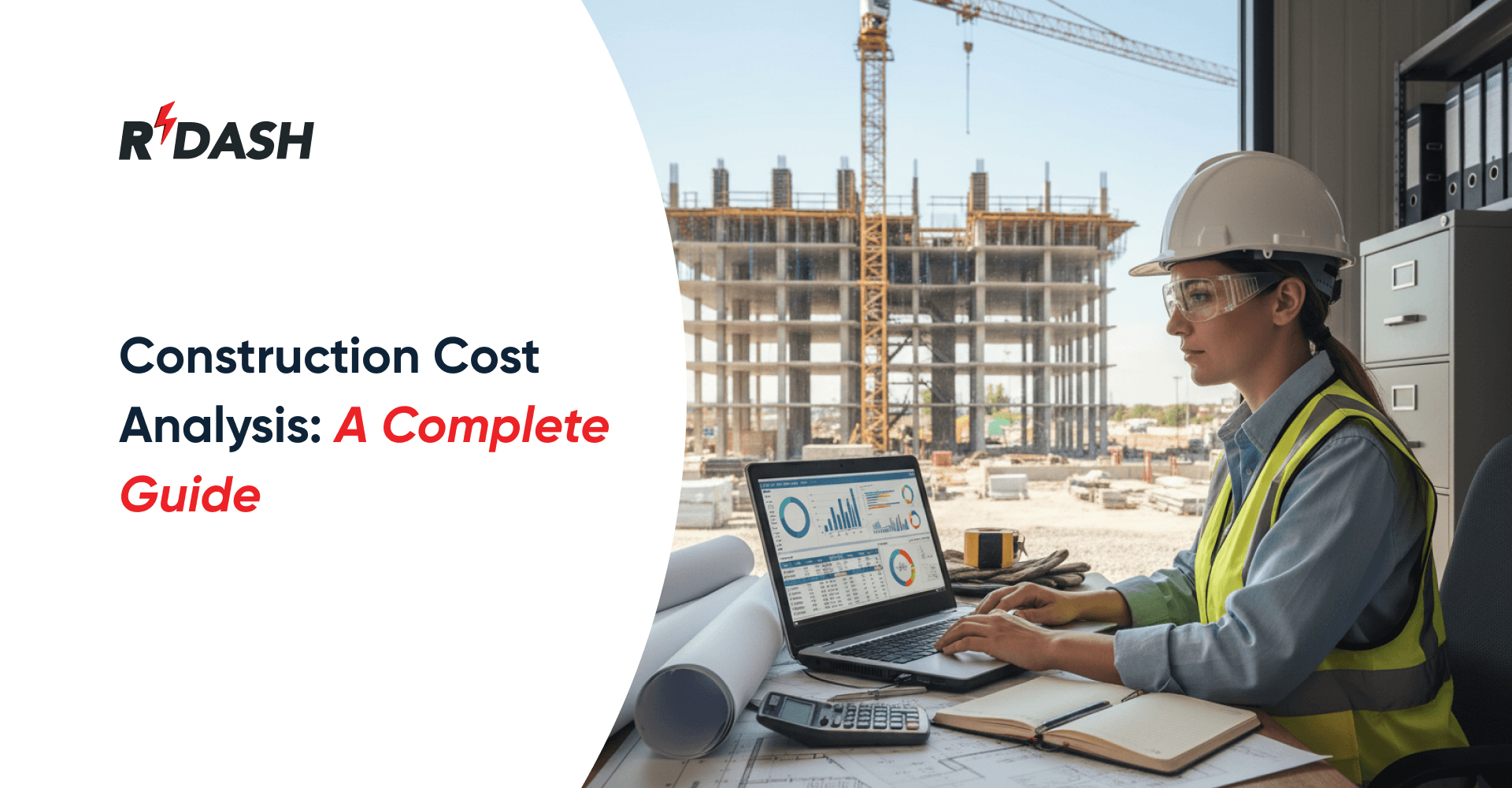In the construction world, delivering a project successfully depends on clear planning, smooth communication, and efficient teamwork. One approach that has become increasingly popular is the Design-Build Contract. It follows a smooth process where one team takes care of both the design and building stages. This article explores what a Design Build Contract is, how it works, its benefits, challenges, and when it’s the right choice for your project.
What is a design build contract?
A Design-Build Contract is a project method where one company, known as the design-builder, manages both the design and construction work. Instead of having separate contracts for the architect (design) and contractor (build), the owner signs one contract with a firm or consortium that takes care of everything.
This method is different from the traditional Design-Bid-Build approach, where the owner hires a designer first and then selects a contractor through a bidding process. Under this contract, the design-builder oversees the full journey, from planning ideas to completing the construction.
How does the design build process work?
The process under a Design-Build Contract typically follows these stages:
1. Owner’s Requirements
The owner outlines the project goals, timeline, and budget. These form the base requirements for the design-builder.
2. Design and Planning
Based on the owner’s needs, the design-builder prepares design plans. Since the same team handles both design and building, choices are made faster and with better coordination.
3. Cost Estimation
A preliminary budget is shared early in the process. Since the builder is involved from the start, the estimate is often more accurate.
4. Construction
Once the design is approved, construction begins—often even while design details are still being finalized (a process known as fast-tracking).
5. Delivery
The project is completed and handed over to the owner, often on time and within budget due to better coordination.
Key features of a design build contract
Single point of responsibility: One team takes full responsibility for both the design and construction work, making it easier to manage the project.
Overlapping phases: Design and construction can happen at the same time.
Faster timelines: Better coordination means less delay.
Reduced owner risk: Fewer disputes and clearer communication.
Benefits of design build contract in construction

1. Faster Project Completion
Because design and construction can happen at the same time, the work starts sooner without needing the entire design to be completed first. This speeds up the entire timeline.
2. Better Collaboration
From the very beginning, the design and build teams work closely together, which improves coordination and communication. This leads to better understanding, fewer conflicts, and smoother decision-making.
3. Cost Savings
With all teams under one contract, cost estimations are more realistic and can be adjusted early if needed. This helps avoid budget overruns.
4. Improved Quality
Because the design-builder is responsible for the whole project, they pay more attention to quality and long-term performance.
5. Simplified Communication
Owners only deal with one point of contact instead of juggling between designers and builders. This makes communication easier and more efficient.
Challenges of the design build contract
While the Design-Build Contract offers many benefits, it also comes with some challenges:

1. Limited Owner Control
Since the owner has less involvement in the design phase, they may feel they have less control over the final product.
2. Less Design Competition
In traditional methods like Design-Bid-Build, owners often see different design ideas before choosing one. But in the Design Build method, there’s usually just one team creating the design, which means fewer design options.
3. Finding the Right Partner
Success depends heavily on choosing a reliable design-builder. A bad choice can lead to poor outcomes in both design and construction.
When to choose a design build contract
Here are situations where a Design Build Contract is ideal:
- Time-sensitive projects that need to be completed quickly.
- Projects with tight budgets that require cost control from the start.
- Projects where the owner wants to reduce risk and simplify management.
- Private developments such as commercial buildings, warehouses, or offices.
- Government projects aiming for speed and efficiency.
Real-World Examples of Design Build Projects
Office Buildings
Many corporate offices use the Design Build model to meet tight timelines and budgets. The streamlined approach helps avoid delays and allows early move-in.
Healthcare Facilities
Hospitals and clinics require high-quality work and fast delivery. Design Build Contracts make it possible to meet these complex needs.
Educational Institutions
Schools and universities often have fixed budgets and deadlines (like academic years). Design Build helps them complete projects on time.
Legal Considerations in a Design Build Contract
A well-written Design Build Contract should clearly define:
- Roles and responsibilities
- Payment terms
- Dispute resolution methods
- Quality and performance standards
- Timeline and penalties for delays
It’s important to work with legal experts to draft a contract that protects all parties involved.
Design Build vs. Traditional Contract Methods
| Feature | Design Build Contract | Design-Bid-Build | Construction Management |
|---|---|---|---|
| Timeline | Faster | Slower | Medium |
| Coordination | High | Low | Medium |
| Cost Control | Better | Moderate | Good |
| Owner Involvement | Lower | Higher | High |
| Risk | Shared | Owner | Owner and CM |
This comparison shows why many companies now prefer the Design Build approach for its speed, cost efficiency, and lower risk.
Tips for a successful design build project
1-Choose the Right Partner: Look for experience, reputation, and past performance.
2- Set Clear Expectations: Be specific about your goals, budget, and timeline.
3-Stay Involved: While you trust your design-builder, regular check-ins help keep things on track.
4- Encourage Team Collaboration: Open communication between all parties ensures smoother progress.
5- Review the Contract Carefully: Legal clarity avoids future misunderstandings.
Future of Design Build Contracts
As the construction industry becomes more focused on efficiency, sustainability, and technology, the Design Build Contract will continue to gain popularity. Its ability to combine creativity, speed, and responsibility in a single framework makes it a smart choice for modern projects.
Digital tools like Building Information Modeling (BIM) and cloud-based project management platforms like RDash also support the Design Build method, allowing better visualization, coordination, and documentation.
Conclusion
The Design Build Contract in construction is a practical and efficient way to deliver projects. With one team managing both design and construction, it reduces delays, cuts costs, and improves communication. While it’s not the best fit for every situation, its benefits make it worth considering for most modern projects.
Whether you’re building an office space, a hospital, or a shopping center, this contract type offers a clear path from concept to completion. By choosing the right partner and setting clear goals, you can ensure a successful project with less stress and more value.







